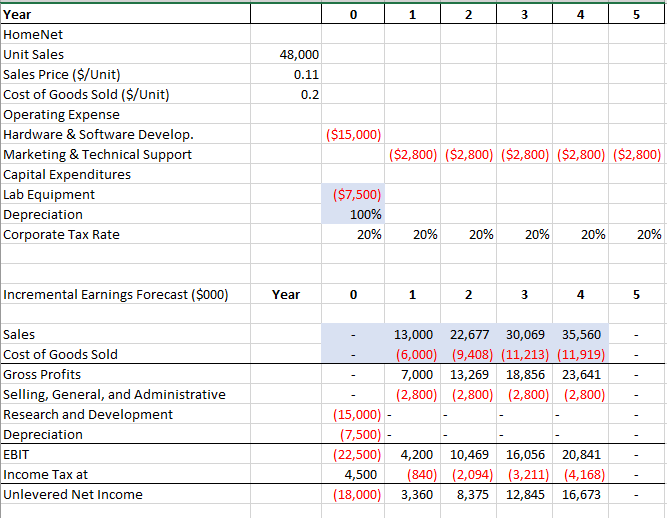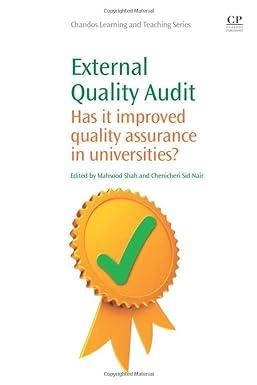Question
I already have the answer for part A). I have an excel set up to calculate (included in case its needed for rest of problem).
I already have the answer for part A). I have an excel set up to calculate (included in case its needed for rest of problem). I need help with part B...I have included the table 8.3 its asking us to use, but not sure how to take the values from the table to get the FCF for years 0-5 it is asking for.
You are evaluating the HomeNet project under the following assumptions: Sales of 50,000 units in year 1 increasing by 48,000 units per year over the life of the project, a year 1 sales price of $260/unit, decreasing by 11% annually and a year 1 cost of $120/unit decreasing by %20% annually. In addition, new tax laws allow 100% bonus depreciation (all the depreciation expense occurs when the asset is put into use, in this case immediately). Research and development expenditures total $15 million in year 0 and selling, general, and administrative expenses are $2.8 million per year (assuming there is no cannibalization). Under these assumptions the unlevered net income is shown in the table: (See below)
Suppose that HomeNet will have no incremental cash or inventory requirements (products will be shipped directly from the contract manufacturer to customers). However, receivables related to HomeNet are expected to account for 15% of annual sales, and payables are expected to be 15% of the annual cost of goods sold.

a. Calculate HomeNet's net working capital requirements (that is, reproduce Table 8.4 under the assumptions given).
| Net Working Capital | - | 1,050 | 1,990 | 2828 | 3546 | 0 |
b. Calculate HomeNet's FCF (that is, reproduce Table 8.3 under the same assumptions).

Step by Step Solution
There are 3 Steps involved in it
Step: 1

Get Instant Access to Expert-Tailored Solutions
See step-by-step solutions with expert insights and AI powered tools for academic success
Step: 2

Step: 3

Ace Your Homework with AI
Get the answers you need in no time with our AI-driven, step-by-step assistance
Get Started


